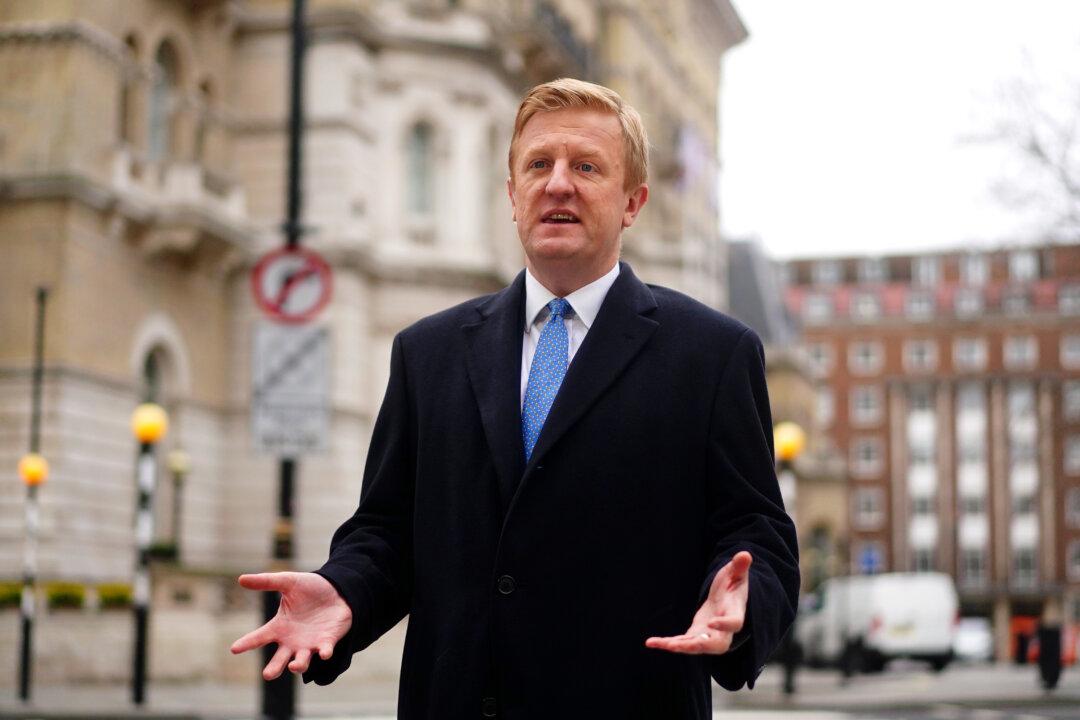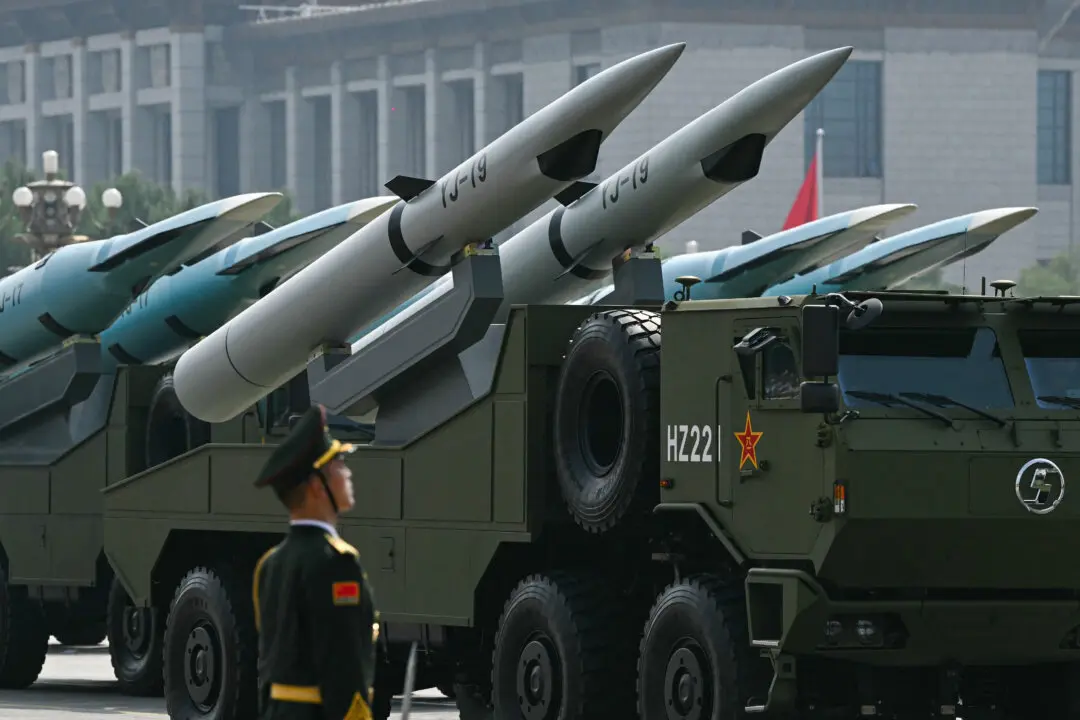The Cabinet Office on Thursday published its latest risk assessment of potential disasters, ranging from drone attacks to another global pandemic.
It’s the first time the published National Risk Register (NRR) included details that would have been classified in previous issues, such as attacks on gas infrastructure in Ukraine and threats to undersea transatlantic telecommunications cables.





